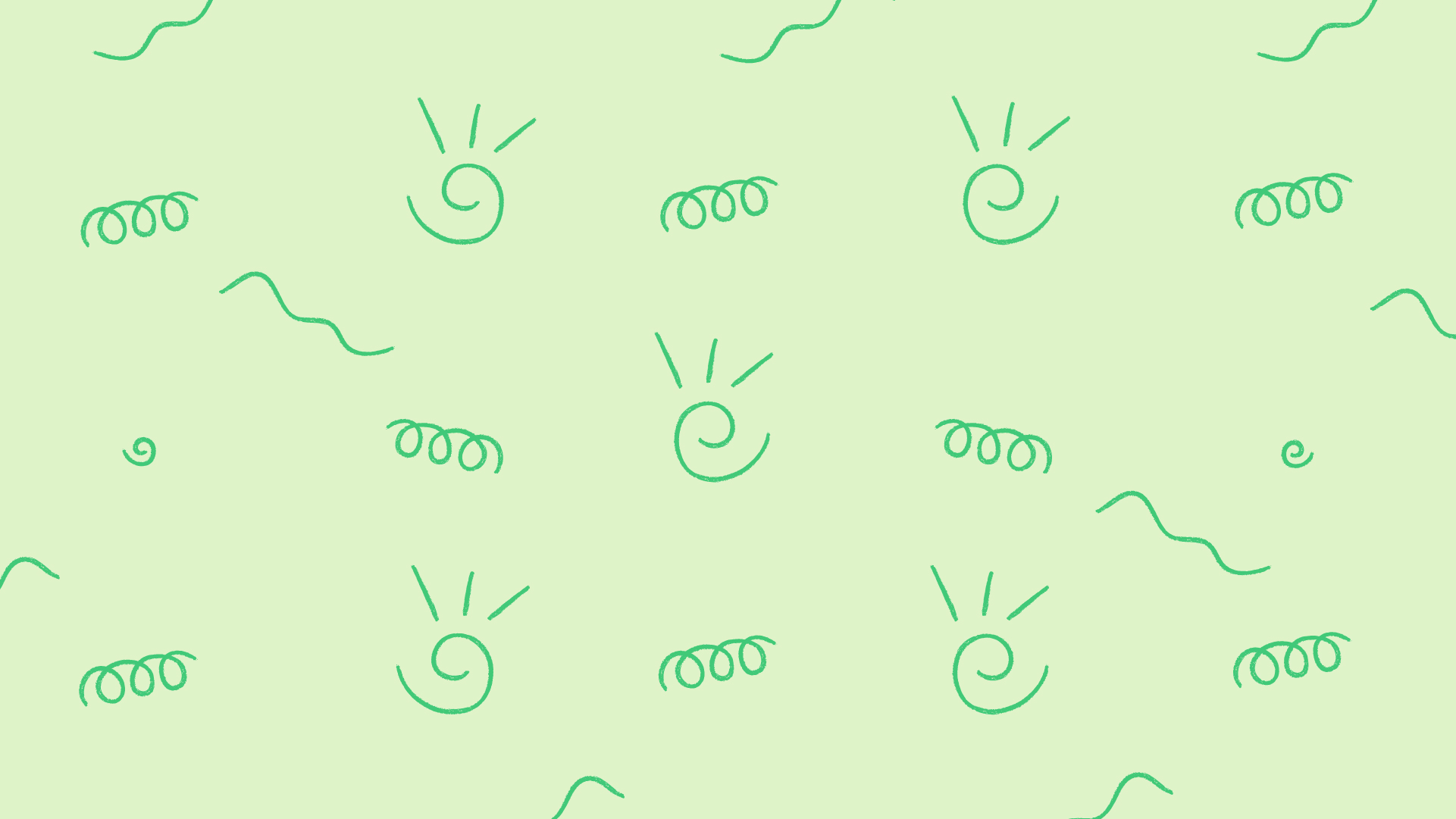
What to do When Children are Anxious
Lately, there has been more focus on mental health, which is lovely. We saw mental health separate from our other health regimes in the past. We might have believed that a “healthy body equals a healthy mind.” I found this belief quite stressful for many individuals I work with. Does this mean that your mind will automatically be calm if you exercise or focus on your body? We all know it is not that simple. Our role as parents is to guide our children in finding a balanced lifestyle, focusing on the importance of a healthy body and their thoughts, emotions and mental well-being. According to Perry et al. (2018), parents must expose children to various environments and situations while supporting them to self-regulate their emotions.
But how do we focus on this at a young age? What do we do when our children are anxious?
Self-awareness
Without focusing on self-awareness, we can’t expect to develop ourselves. No matter how much we read or how pure our intentions are. We have to start there – teaching our children about their own needs, wants and urges. More importantly, we should help them accept, respect and love these idiosyncrasies of themselves.
How do we focus on self-awareness with our children? We can create a sensory profile where we have a “zones of regulation” chart. For each color on the chart, we have different activities that our child can engage in to get back to the “green zone,” which is the ideal zone to be in. You can change the colors around, and it would be suitable for creating this with your child, to ask them to help you with some ideas. Click here for an example of the “zones of regulation” chart. Please feel free to print it and use it at home!
Self-regulation
Together with self-awareness comes self-regulation. When your child is more aware of their physiological and psychological changes, they can look at their “zones of regulation” chart and determine which activity would work best for them at that specific time. For example, if they realize that they feel a bit anxious, they can now ask for a short break or a quick visit to their sensory tent. This allows them to ultimately engage in calming activities and regulate their sensory and mental needs. They are now regulating their own needs – which is the ultimate goal!
Emotional regulation
Once our child feels comfortable and confident in asserting their needs. For example, by asking to leave a noisy environment if they feel overwhelmed, we can start working on emotional regulation. We want to more than just normalize a greater focus on mental wellbeing – we want to celebrate it! When you observe your child asking for a break or respecting their potential anxieties in certain situations, it’s important to congratulate them. Let them know you are proud of them for being kind to themselves.
We all need to listen to our intuition more. I work with adults, too and, when I give the usual “listen to your body – it’s the best internal doctor you have” advice, I sometimes feel like a hypocrite. We drink coffee when we are tired, push ourselves harder when we need to rest and ignore our anxieties about performance. Imagine what we can do when well-rested, complete our mindfulness practice and drink enough water for the day? Imagine our children modeling this behavior?